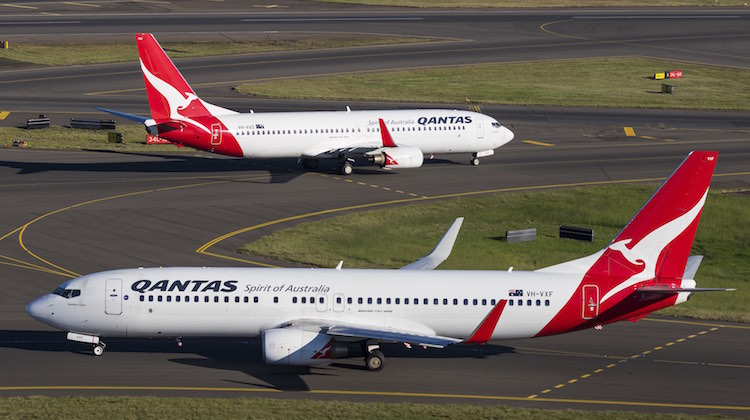
Buoyed by the performance of its seasonal flights to Bali, Qantas has announced it will serve the popular tourist destination on a year-round basis from March 2017.
Qantas returned to Bali with scheduled services for the first time in seven years in late 2015, operating a total of 33 flights from Sydney with Boeing 737-800s between December 4 2015 and January 29 2016.
The oneworld alliance member has returned to the Sydney-Bali for a second year of seasonal flying, with daily flights that kicked off on December 14 2016 and scheduled to conclude in March 2017.
However, Qantas said on Wednesday it would continue flying the route four times a week beyond March 25.
Qantas International chief executive Gareth Evans said the combination of full-service Qantas and its wholly-owned budget carrier Jetstar offered travellers more choice for travel to Bali.
“That’s important for a destination which caters to different budgets and tastes,” Evans said.
“We’ve had a fantastic response to Qantas’ seasonal service, especially from our frequent flyers, so we felt the time was right to go year-round.
“For the past couple of years, we’ve been taking a more agile, flexible approach to our Asian network – responding to growing demand where we see it – and this is the latest example of that strategy in action.”
Although not mentioned in the Qantas statement on Wednesday, the airline has been taking capacity out of the domestic market in recent times, particularly due to the downturn in the mining activity in resources-rich states such as Queensland and Western Australia.
Those aircraft have, often, been redeployed on international routes, such as increased flights between Perth and Singapore with Boeing 737-800s, the return to the Melbourne-Tokyo Narita earlier in December and the upcoming resumption of nonstop flights between Sydney and Beijing with Airbus A330-200s.
In a trading update published on October 31, Qantas said capacity across the airline group, measured by available seat kilometres (ASK), was now forecast to increase 1.5-2 per cent in the first half, compared with previously issued guidance of 2-3 per cent.
All of that increase will be in overseas flying, given Qantas said domestic capacity across both its Qantas and Jetstar airlines was expected to decline one per cent in the half.
Qantas is part of an already crowded Sydney-Bali market featuring its wholly-owned low-cost unit Jetstar (the largest carrier between Australia and Bali with about 60 flights a week), local rival Virgin Australia and Garuda Indonesia.
While Virgin also uses a 737-800, Jetstar (787-8), Garuda and Indonesia AirAsia X (A330s) deploy widebodies on the route.
Indonesia AirAsia X cut its Australian services from Bali to Sydney and Melbourne in September as part of a network restructuring. The airline has since merged with short-haul sister carrier Indonesia AirAsia.
http://thewofa.com/2016/06/indonesia-airasia-x-axes-melbourne-sydney-routes/










